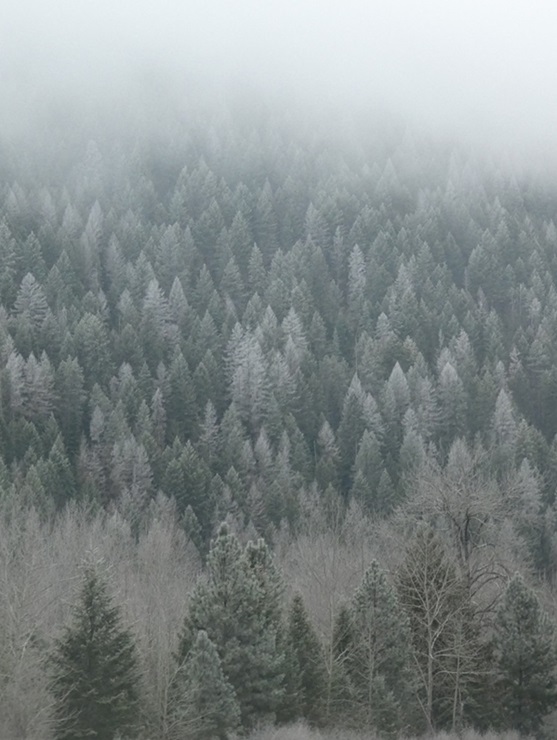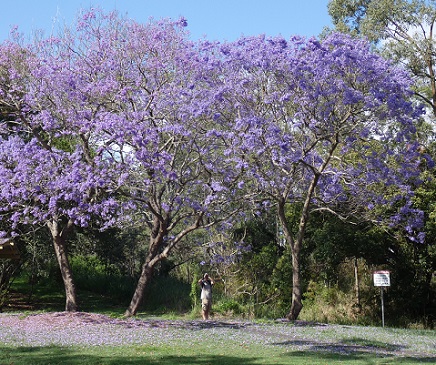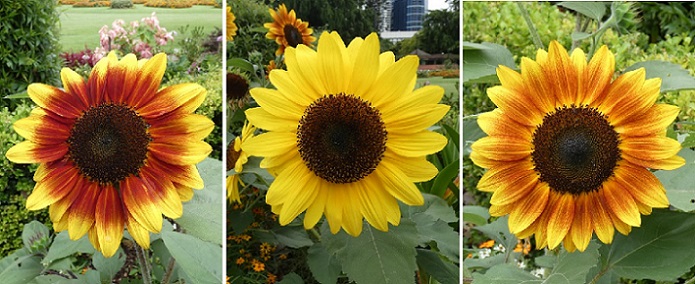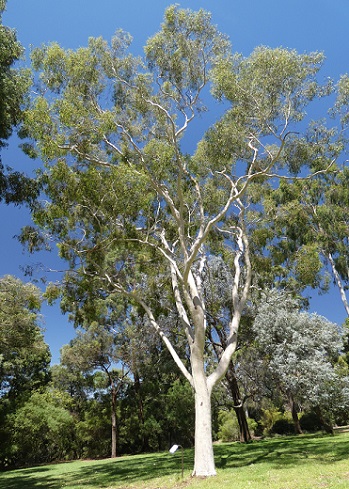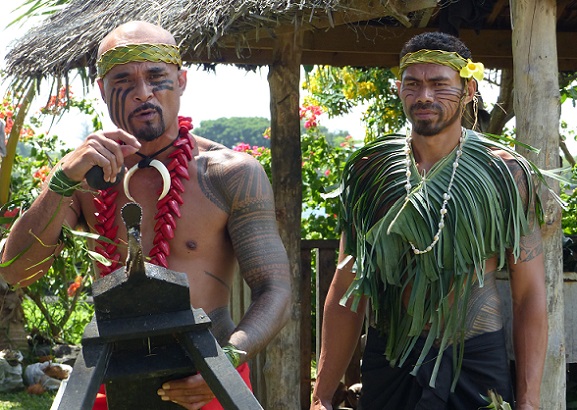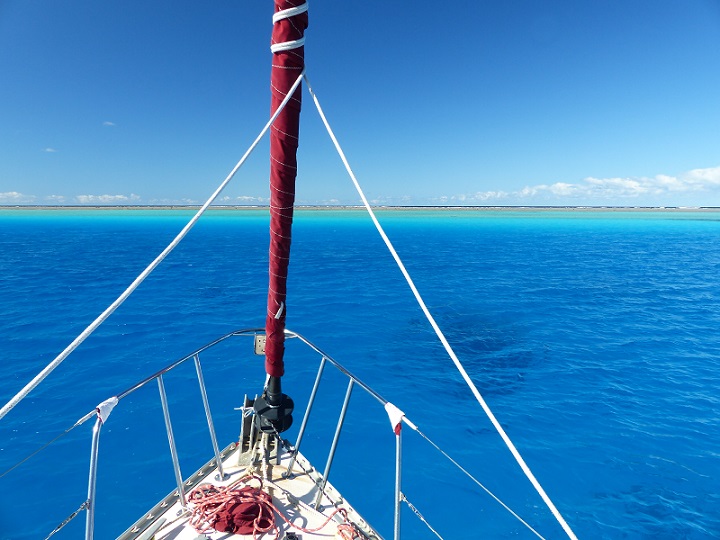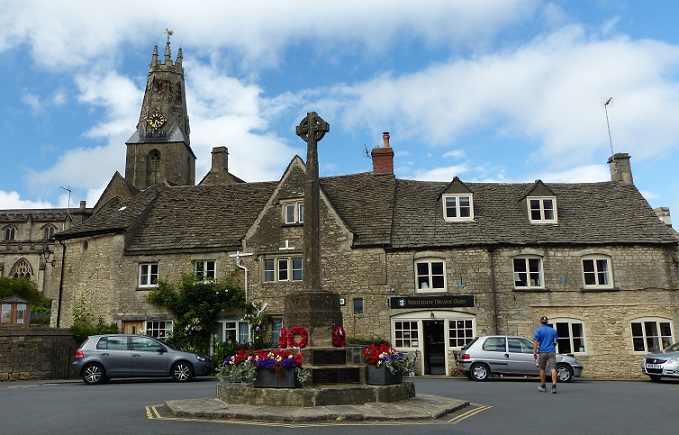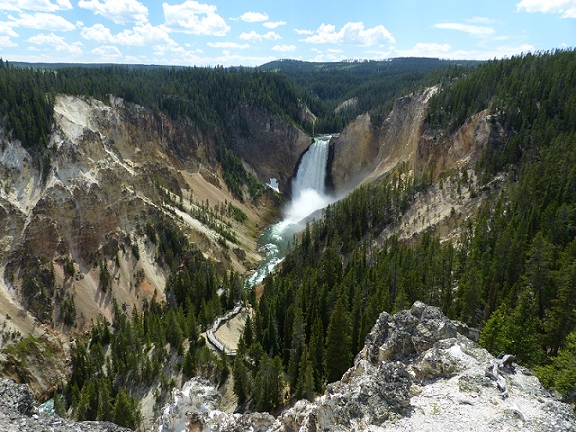
Tregoning
12 April 2024 | We are back aboard Tregoning in Mersin Marina, Mersin, Türkiye
02 April 2024 | We are in Toronto Airport, Canada: Tregoning is in Mersin Marina, Mersin, Türkiye
25 February 2024 | We are back in Gainesville, FL: Tregoning is in Mersin Marina, Mersin, Türkiye
18 February 2024 | We are in Glenwood, New Mexico: Tregoning is in Mersin Marina, Mersin, Türkiye
12 February 2024 | We are in Morro Bay, California: Tregoning is in Mersin Marina, Mersin, Türkiye
19 January 2024 | We are in Vancouver, BC Canada: Tregoning is in Mersin Marina, Mersin, Türkiye
01 January 2024 | We are in Washington State: Tregoning is in Mersin Marina, Mersin, Türkiye
15 December 2023 | We are in Minnesota: Tregoning is in Mersin Marina, Mersin, Türkiye
18 November 2023 | We are in Florida: Tregoning is in Mersin Marina, Mersin, Türkiye
29 October 2023 | We're in Florida - Tregoning is at B-dock, Mersin Marina, Mersin, Türkiye
21 October 2023 | 7 Oda Kapadokya Cave Hotel, Ürgüp, Türkiye
14 October 2023 | Hotel Aşikoğlu, Boğazkale, Türkiye
07 October 2023 | B-dock, Mersin Marina, Mersin, Türkiye
19 September 2023 | “Chez Jon & Angela”, Near Otterton, Devon, UK
14 September 2023 | Airbnb in Fortuneswell on the Isle of Portland, Dorset, UK
11 September 2023 | With Mike, Grange-over-Sands, Cumbria, UK
03 September 2023 | Ardington House, Ardington, Oxfordshire, UK
24 August 2023 | Near "Chez Joan and Peter", College of Roseisle, Moray, Scotland
11 August 2023 | Andrew's house (not exactly), Lichfield, UK
22 July 2023 | Chez Gail, near the New York Café, Budapest, Hungary
Places of my childhood
03 August 2016 | Tregoning is in Whangarei Town Basin Marina, Whangarei, New Zealand but we are in St Agnes, Cornwall, Great Britain
Photo: Trevaunance Cove, St Agnes, Cornwall, Great Britain, at high tide looking towards The Beacon, with chimney stacks of disused tin mines on the skyline
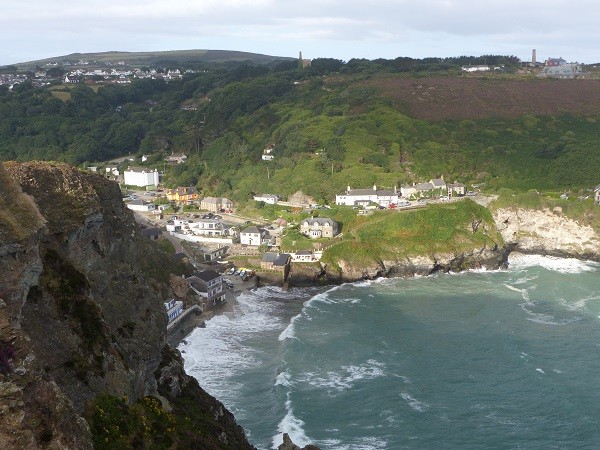
My father retired from the Royal Navy when I was 7 years old and at that point we moved from Bath in the county of Somerset to Penryn in Cornwall. He worked as the designer / engineer at a small boat-building company which made sailboats 23 to 28 feet long (9 m). Over weekends in the summer, our family could go sailing in some of these boats that were available for charter and we owned an Albacore sailing dinghy which my brothers raced occasionally. With a mild climate, Cornwall was a wonderful place to grow-up, with plenty of beaches from which to swim and surf in the summer and cliff walks and moorlands to hike around when it was colder.
Cornwall is the county that covers the southwest peninsular of Great Britain with the Celtic Sea to the north, the English Channel to the south, and a border, along the River Tamar, with the county of Devon. The long coastline is a mixture of sandy beaches and rugged cliffs with many small estuaries and a few larger ones that can accommodate significant ports, such as Falmouth. There are wild moorlands of which the most extensive one remaining is Bodmin Moor. The County has a population of 536,000 and its administrative center is the City of Truro.
Cornwall is the homeland of the Cornish people and is recognized as one of the Celtic nations, retaining a distinct cultural identity that reflects its history. Inhabited since the Paleolithic period (Stone Age - up to 8,000 BC), in the Iron Age it was populated by Brython People who had a distinctive cultural relationship to neighboring Wales (north) and Brittany (south, in France). The Romans had little influence in the area and by 936 AD, King Athelstan of Wessex set the boundary between the English and Cornish at the River Tamar.
The Cornish language is closely related to the other Brythonic languages of Welsh and Breton, and less so to Irish, Scots Gaelic and Manx. Cornish continued to function as a community language in parts of the county until the late 18th century. Since Henry Jenner's Handbook of the Cornish Language was published in 1904, there has been some revival of the language and a study in 2000 suggested that there were around 300 people who spoke Cornish fluently. Cornish, however, had no legal status in the UK until 2002 when it was officially recognized as a UK minority language, receiving limited Government funding. A Standard Written Form was not agreed until 2008.
“Kernow” is the Cornish for Cornwall. “Tregoning” was a family name on my mother’s side (it was her middle name) and is a Cornish word that translates to: “Homestead of Conan” or “farm by the ash trees”. Not very nautical but we think that the latter translation is more relevant to the idea of our boat as our “home in nature”.
The main industries in Cornwall have been mining, farming (mostly dairy and vegetables), fishing, and, particularly since the arrival of train services in the mid-19th century, tourism. Tin mining was occurring in Cornwall (and Devon) before the Roman occupation of Britain and was an important source of tin for Europe and the Mediterranean. When the Spanish tin mines were exhausted in the 3rd century AD, Cornish tin began dominating the market. After a period of decline, Cornish tin mining regained its importance again in the Middle Ages. In the early 19th century, tin and copper mining expanded considerably, particularly with the development of modern industrial technology but by the end of that century, metal mining in Cornwall was eclipsed by the extraction of china clay. By 1960, all forms of mining in Cornwall were in decline. Since that time, fishing and farming have also contracted and tourism has risen to contribute up to 24% of Cornwall's gross domestic product. Five million tourists vacation in Cornwall each year, mostly visiting from elsewhere within Britain.
Cornwall is one of the poorest parts of the United Kingdom in terms of per capita GDP and average household incomes. At the same time, parts of the county, especially on the coast, have high house prices, driven up by demand from relatively wealthy retired people and second-home owners. Thus, there is great variation in poverty and prosperity in Cornwall with some areas among the poorest in England and others among the top half in prosperity.
When it came time for us to drive west to Cornwall, Mike awoke feeling unwell so Jon and Angela kindly let him stay with them while Randall and I made a shortened trip on our own. On the way to our first overnight destination in Penzance, we stopped for a quick look at my alma mater, Truro High School, which I attended from the ages of 7 to 18, including the last 5 years as a boarder. Founded in 1880, the all-girls school moved to its current site in 1896 and since my departure in 1979 (when there were about 500 pupils) it has expanded to include the grounds and buildings of a small neighboring state school.
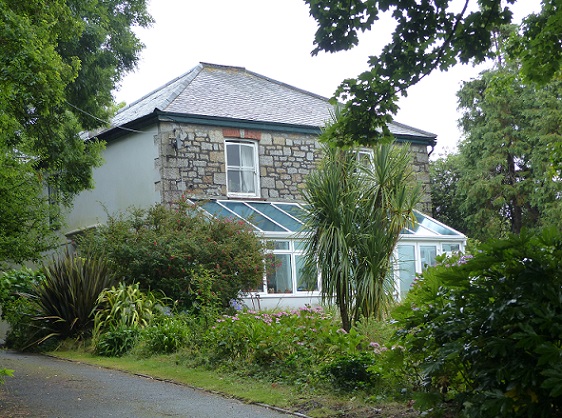
Jordans, the house where I lived in Cornwall
Continuing my trip down memory lane, we also detoured along some lanes to the north of Penryn to drive by the house where we used to live. The granite house and large garden looked pretty good but the property was now surrounded on three sides by other houses whereas we only had a market garden (small-scale flower and vegetable production) as an immediate neighbor when we lived there.
Sadly, by the time we reached Penzance it was raining. Penzance (population 21,200) is the most westerly major town in Britain, at end of the national railway line. The town, which had royal charters from 1512 and was incorporated in 1614, sits in a large cove called Mount’s Bay. We picked up my school-pal Vivienne and drove just a few miles further west to the tiny fishing village of Mousehole (pronounced M-ow-zill). Vivienne’s grandparents had owned a large house there, so the village had many happy memories for her.
Until the 16th century, Mousehole was one of the principal ports of Mount's Bay and had a number of fairs and markets. Now the village has a population of only 700 and the tiny harbor, enclosed by a sturdy wall, can only accommodate a few small boats which have to sit upright on the mud at low tide. Vivienne showed us a house with had a plaque to honor the last native Cornish speaker who lived there and died in 1777 (although in 2011 it was claimed that the last native speaker did not die until 1914).
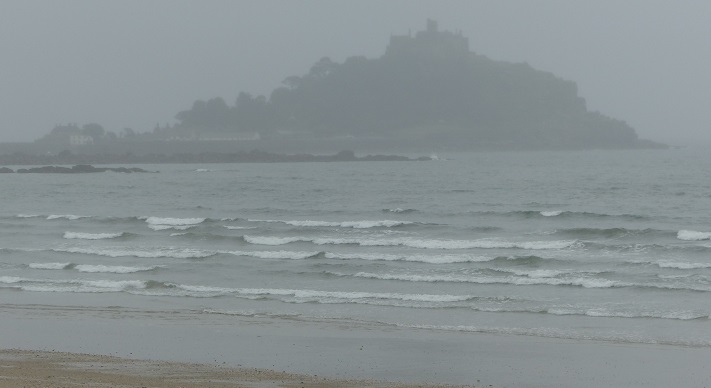
St Michael’s Mount looms out of the rainy gloom in Mount’s Bay
After a lovely stay with Vivienne, at which we met her charming husband Colin and delightful daughter Lamorna Beth, we departed from Penzance in drizzle and fog. This meant that we had only a shadowy glimpse of the silhouette of St Michael's Mount as we drove eastwards along the coast. St Michael’s Mount is a small, unbridged tidal island (one of 43 in Britain) linked to the town of Marazion by a man-made causeway of granite stones that is passable between mid-tide and low water. With a population of 35, the island is managed by the National Trust, and the castle and chapel have been the home of the St Aubyn family since approximately 1650. The earliest buildings, on the summit, date to the 12th century. St Michael's Mount was a Cornish counterpart of the tidal island Mont Saint-Michel in Normandy, France. The islands have similar conical shapes but the French one is significantly larger.

Low tide (left) and high tide in a typical, tiny Cornish boat harbour, Coverack
In the fog and drizzle we stopped to walk around the deep, double harbor at Porthleven while munching on some tasty bakery snacks, but it was too foggy to see any view from the tip of the Lizard Peninsula, the southern-most point of the British mainland. Instead we hurried on to the little fishing village of Coverack on the east side of the peninsula where we met with fellow sailors, Bonnie and Charlie, who we first met in Hawai’i. It was great fun to catch-up with their news and to see their lovely cottage. We had found Bonnie volunteering at the Royal National Lifeboat Institution (RNLI) charity shop near the main quay, which dates from 1724. We all enjoyed a delicious lunch at a restaurant located in the old lifeboat house, where we had seats at the top of the steep lifeboat-launching ramp.
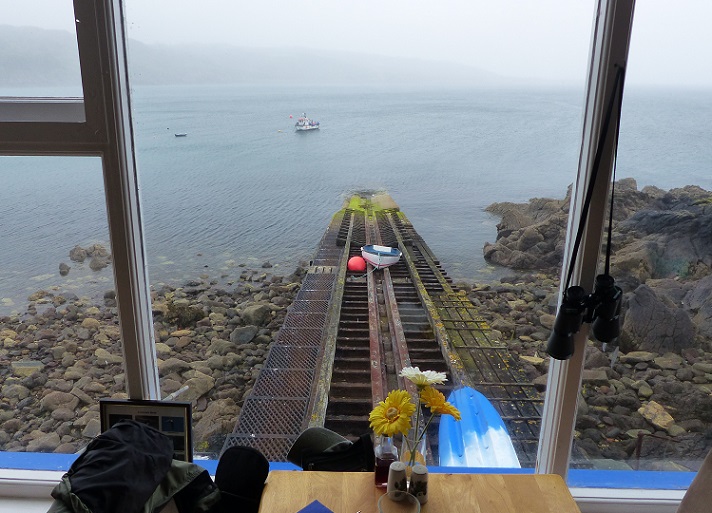
Looking down the ramp at the former lifeboat house (now a restaurant) in Coverack
With many people involved in marine industries and a rugged coastline that has many isolated rocks, lifeboat stations have been an important part of many Cornish villages. The RNLI stationed a lifeboat at Coverack in 1901, following the wreck of the SS Mohegan in 1898 on the nearby, notorious rocks, The Manacles, with the loss of more than 100 lives. As has been common in many villages, the station was closed in 1978 following the allocation of a faster boat to the Falmouth Lifeboat Station. The RNLI is funded primarily by legacies and charitable donations and I remember the various campaigns on my favorite children’s TV program, Blue Peter, to raise money to buy inflatable lifeboats. Until 2015, a series of six such Blue Peter boats (all called Blue Peter IV) were stationed at Trevaunance Cove in St Agnes, close to our next Cornish destination.
The village of St Agnes (population 4,500), is a popular coastal tourist spot which has a rich mining history. Several copper, tin and arsenic mines operated during the 18th, 19th and some into the early 20th century, and the area is littered with many ruins of mine buildings, most notably the characteristic chimney stacks of the pump-engine houses. With strict building codes, the village has been maintained as a picturesque community and it is bordered by two spectacular coves (Chapel Port to the south and Trevaunance Cove), dramatic cliffs, and a moorland hill called The Beacon, where beacon fires used to be burned to pass messages along the coast.
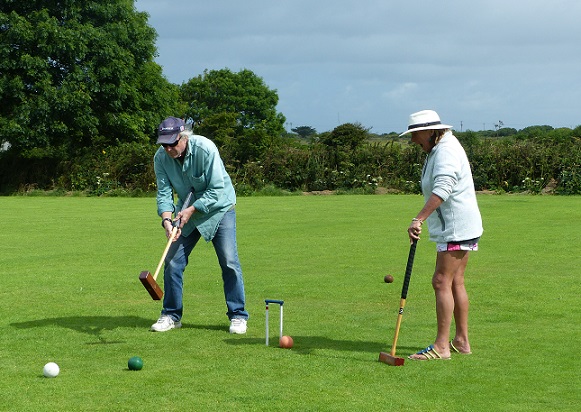
For a few minutes, Randall and Judy look as though they are taking the croquet game seriously
When I was a boarder at Truro High School, I spent many wonderful weekends in St Agnes staying with my marvelous classmate, Judy (who is now a PE teacher at THS), so I have a great fondness for the village. With Mike waiting for us in Devon, we were only able to stay with Judy and Tosh for a couple of nights but we had a marvelous time. We heard about their recent trip to China, joined Judy’s family for a traditional Cornish pasty lunch (mine was meatless but still yum yum), watched surfers at several local beaches (Judy is a former European Women’s Surfing Champion), walked on parts of the Coastal Path, watched Tosh learn how to fly…and, sadly, lose…his new, Chinese drone, briefly saw Judy’s daughter Stefi and met her husband and baby, and played team-croquet. Although Judy is an accomplished croquet player (she is, after all, good at all sports), we had such fun playing that there were moments when tears were streaming down my cheeks from so much laughter. I wished that we could have spent much longer visiting Cornwall but I consider myself exceptionally lucky that when I took this intense trip down memory lane, it was wonderful that the only tears I shed were from laughing way too much with really, really good friends.
Cornwall is the county that covers the southwest peninsular of Great Britain with the Celtic Sea to the north, the English Channel to the south, and a border, along the River Tamar, with the county of Devon. The long coastline is a mixture of sandy beaches and rugged cliffs with many small estuaries and a few larger ones that can accommodate significant ports, such as Falmouth. There are wild moorlands of which the most extensive one remaining is Bodmin Moor. The County has a population of 536,000 and its administrative center is the City of Truro.
Cornwall is the homeland of the Cornish people and is recognized as one of the Celtic nations, retaining a distinct cultural identity that reflects its history. Inhabited since the Paleolithic period (Stone Age - up to 8,000 BC), in the Iron Age it was populated by Brython People who had a distinctive cultural relationship to neighboring Wales (north) and Brittany (south, in France). The Romans had little influence in the area and by 936 AD, King Athelstan of Wessex set the boundary between the English and Cornish at the River Tamar.
The Cornish language is closely related to the other Brythonic languages of Welsh and Breton, and less so to Irish, Scots Gaelic and Manx. Cornish continued to function as a community language in parts of the county until the late 18th century. Since Henry Jenner's Handbook of the Cornish Language was published in 1904, there has been some revival of the language and a study in 2000 suggested that there were around 300 people who spoke Cornish fluently. Cornish, however, had no legal status in the UK until 2002 when it was officially recognized as a UK minority language, receiving limited Government funding. A Standard Written Form was not agreed until 2008.
“Kernow” is the Cornish for Cornwall. “Tregoning” was a family name on my mother’s side (it was her middle name) and is a Cornish word that translates to: “Homestead of Conan” or “farm by the ash trees”. Not very nautical but we think that the latter translation is more relevant to the idea of our boat as our “home in nature”.
The main industries in Cornwall have been mining, farming (mostly dairy and vegetables), fishing, and, particularly since the arrival of train services in the mid-19th century, tourism. Tin mining was occurring in Cornwall (and Devon) before the Roman occupation of Britain and was an important source of tin for Europe and the Mediterranean. When the Spanish tin mines were exhausted in the 3rd century AD, Cornish tin began dominating the market. After a period of decline, Cornish tin mining regained its importance again in the Middle Ages. In the early 19th century, tin and copper mining expanded considerably, particularly with the development of modern industrial technology but by the end of that century, metal mining in Cornwall was eclipsed by the extraction of china clay. By 1960, all forms of mining in Cornwall were in decline. Since that time, fishing and farming have also contracted and tourism has risen to contribute up to 24% of Cornwall's gross domestic product. Five million tourists vacation in Cornwall each year, mostly visiting from elsewhere within Britain.
Cornwall is one of the poorest parts of the United Kingdom in terms of per capita GDP and average household incomes. At the same time, parts of the county, especially on the coast, have high house prices, driven up by demand from relatively wealthy retired people and second-home owners. Thus, there is great variation in poverty and prosperity in Cornwall with some areas among the poorest in England and others among the top half in prosperity.
When it came time for us to drive west to Cornwall, Mike awoke feeling unwell so Jon and Angela kindly let him stay with them while Randall and I made a shortened trip on our own. On the way to our first overnight destination in Penzance, we stopped for a quick look at my alma mater, Truro High School, which I attended from the ages of 7 to 18, including the last 5 years as a boarder. Founded in 1880, the all-girls school moved to its current site in 1896 and since my departure in 1979 (when there were about 500 pupils) it has expanded to include the grounds and buildings of a small neighboring state school.

Jordans, the house where I lived in Cornwall
Continuing my trip down memory lane, we also detoured along some lanes to the north of Penryn to drive by the house where we used to live. The granite house and large garden looked pretty good but the property was now surrounded on three sides by other houses whereas we only had a market garden (small-scale flower and vegetable production) as an immediate neighbor when we lived there.
Sadly, by the time we reached Penzance it was raining. Penzance (population 21,200) is the most westerly major town in Britain, at end of the national railway line. The town, which had royal charters from 1512 and was incorporated in 1614, sits in a large cove called Mount’s Bay. We picked up my school-pal Vivienne and drove just a few miles further west to the tiny fishing village of Mousehole (pronounced M-ow-zill). Vivienne’s grandparents had owned a large house there, so the village had many happy memories for her.
Until the 16th century, Mousehole was one of the principal ports of Mount's Bay and had a number of fairs and markets. Now the village has a population of only 700 and the tiny harbor, enclosed by a sturdy wall, can only accommodate a few small boats which have to sit upright on the mud at low tide. Vivienne showed us a house with had a plaque to honor the last native Cornish speaker who lived there and died in 1777 (although in 2011 it was claimed that the last native speaker did not die until 1914).

St Michael’s Mount looms out of the rainy gloom in Mount’s Bay
After a lovely stay with Vivienne, at which we met her charming husband Colin and delightful daughter Lamorna Beth, we departed from Penzance in drizzle and fog. This meant that we had only a shadowy glimpse of the silhouette of St Michael's Mount as we drove eastwards along the coast. St Michael’s Mount is a small, unbridged tidal island (one of 43 in Britain) linked to the town of Marazion by a man-made causeway of granite stones that is passable between mid-tide and low water. With a population of 35, the island is managed by the National Trust, and the castle and chapel have been the home of the St Aubyn family since approximately 1650. The earliest buildings, on the summit, date to the 12th century. St Michael's Mount was a Cornish counterpart of the tidal island Mont Saint-Michel in Normandy, France. The islands have similar conical shapes but the French one is significantly larger.

Low tide (left) and high tide in a typical, tiny Cornish boat harbour, Coverack
In the fog and drizzle we stopped to walk around the deep, double harbor at Porthleven while munching on some tasty bakery snacks, but it was too foggy to see any view from the tip of the Lizard Peninsula, the southern-most point of the British mainland. Instead we hurried on to the little fishing village of Coverack on the east side of the peninsula where we met with fellow sailors, Bonnie and Charlie, who we first met in Hawai’i. It was great fun to catch-up with their news and to see their lovely cottage. We had found Bonnie volunteering at the Royal National Lifeboat Institution (RNLI) charity shop near the main quay, which dates from 1724. We all enjoyed a delicious lunch at a restaurant located in the old lifeboat house, where we had seats at the top of the steep lifeboat-launching ramp.

Looking down the ramp at the former lifeboat house (now a restaurant) in Coverack
With many people involved in marine industries and a rugged coastline that has many isolated rocks, lifeboat stations have been an important part of many Cornish villages. The RNLI stationed a lifeboat at Coverack in 1901, following the wreck of the SS Mohegan in 1898 on the nearby, notorious rocks, The Manacles, with the loss of more than 100 lives. As has been common in many villages, the station was closed in 1978 following the allocation of a faster boat to the Falmouth Lifeboat Station. The RNLI is funded primarily by legacies and charitable donations and I remember the various campaigns on my favorite children’s TV program, Blue Peter, to raise money to buy inflatable lifeboats. Until 2015, a series of six such Blue Peter boats (all called Blue Peter IV) were stationed at Trevaunance Cove in St Agnes, close to our next Cornish destination.
The village of St Agnes (population 4,500), is a popular coastal tourist spot which has a rich mining history. Several copper, tin and arsenic mines operated during the 18th, 19th and some into the early 20th century, and the area is littered with many ruins of mine buildings, most notably the characteristic chimney stacks of the pump-engine houses. With strict building codes, the village has been maintained as a picturesque community and it is bordered by two spectacular coves (Chapel Port to the south and Trevaunance Cove), dramatic cliffs, and a moorland hill called The Beacon, where beacon fires used to be burned to pass messages along the coast.

For a few minutes, Randall and Judy look as though they are taking the croquet game seriously
When I was a boarder at Truro High School, I spent many wonderful weekends in St Agnes staying with my marvelous classmate, Judy (who is now a PE teacher at THS), so I have a great fondness for the village. With Mike waiting for us in Devon, we were only able to stay with Judy and Tosh for a couple of nights but we had a marvelous time. We heard about their recent trip to China, joined Judy’s family for a traditional Cornish pasty lunch (mine was meatless but still yum yum), watched surfers at several local beaches (Judy is a former European Women’s Surfing Champion), walked on parts of the Coastal Path, watched Tosh learn how to fly…and, sadly, lose…his new, Chinese drone, briefly saw Judy’s daughter Stefi and met her husband and baby, and played team-croquet. Although Judy is an accomplished croquet player (she is, after all, good at all sports), we had such fun playing that there were moments when tears were streaming down my cheeks from so much laughter. I wished that we could have spent much longer visiting Cornwall but I consider myself exceptionally lucky that when I took this intense trip down memory lane, it was wonderful that the only tears I shed were from laughing way too much with really, really good friends.
Comments
| Vessel Name: | Tregoning |
| Vessel Make/Model: | Morgan Classic 41 |
| Hailing Port: | Gainesville, FL |
| Crew: | Alison and Randall |
| About: | We cast-off from Fernandina Beach in north Florida on 1st June 2008 and we have been cruising on Tregoning ever since. Before buying Tregoning, both of us had been sailing on smaller boats for many years and had worked around boats and water throughout our careers. |
| Extra: | “Tregoning” (rhymes with “belonging”) and is a Cornish word (meaning “homestead of Cohnan” or “farm by the ash trees”) and was Alison's mother’s middle name. Cornwall is in southwest England and is where Alison grew-up. |
Tregoning's Photos - Main
 |
Extra photographs from our three-week campervan tour of the South Island from November 15th to December 5th 2015
217 Photos
Created 4 January 2016
|
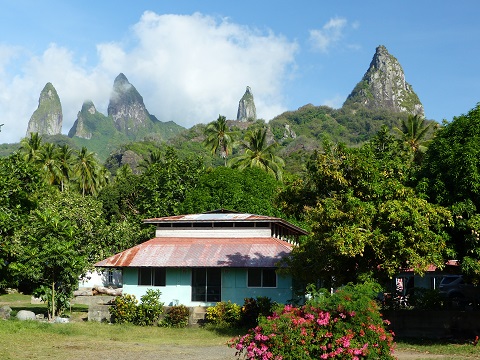 |
Random pictures from our month spent on the islands of Hiva Oa, Tahuata, Ua Pou, and Nuku Hiva
45 Photos
Created 18 July 2015
|
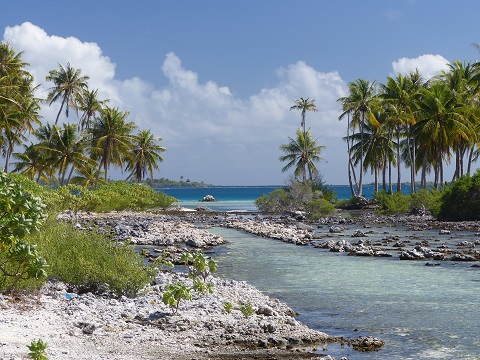 |
Random pictures from our month spent in 4 Tuamotu Atolls; Ahe, Fakarava, Tahanea, and Toau
32 Photos
Created 1 July 2015
|
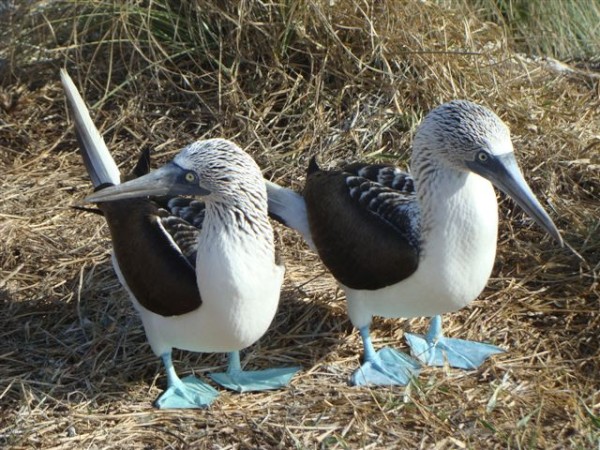 |
Some of the birds, fish, reptiles, and mammals (and others) that we have seen in Mexico
74 Photos
Created 5 May 2014
|
Tregoning

Who: Alison and Randall
Port: Gainesville, FL
